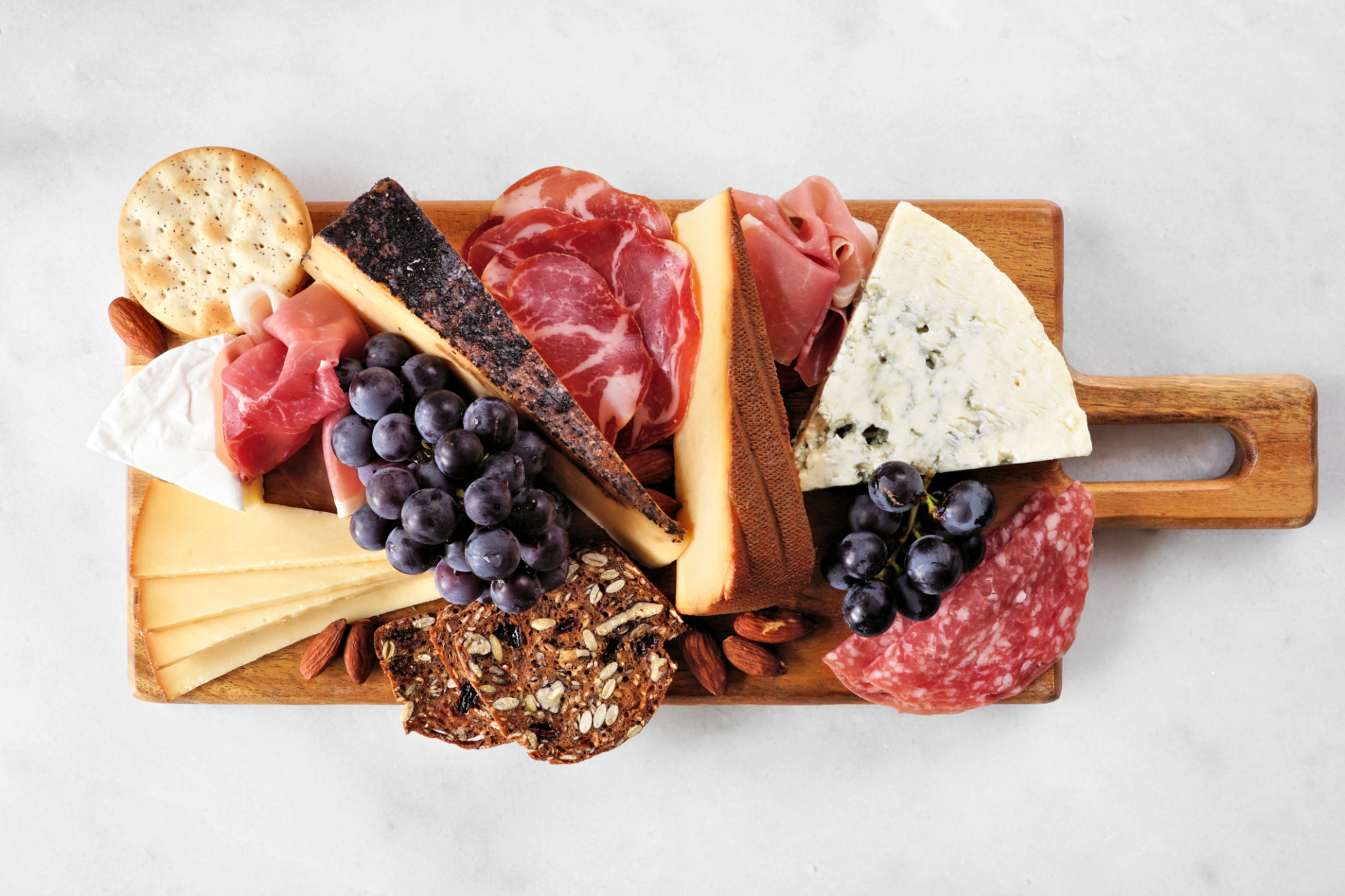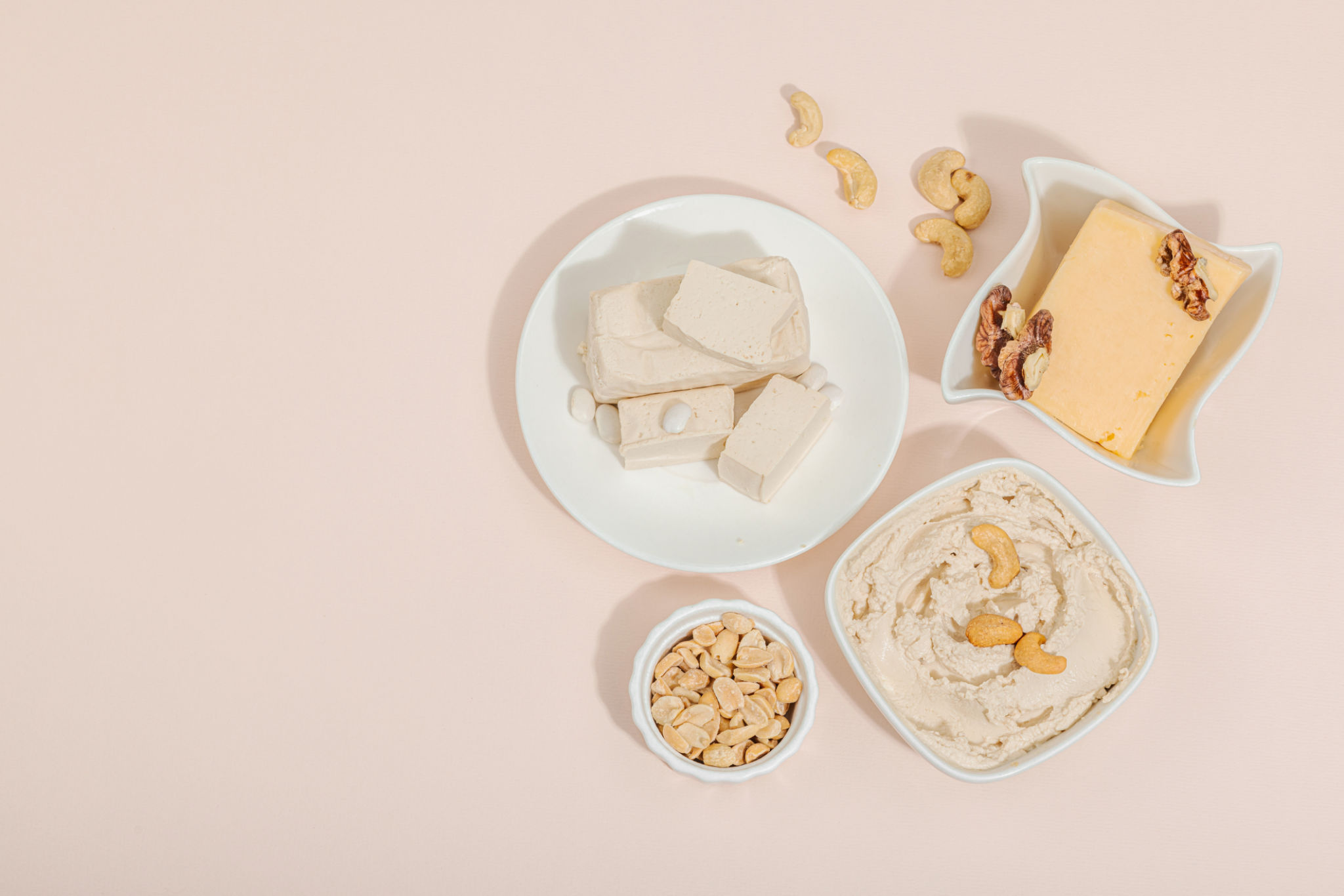Exploring Plant-Based Charcuterie: Delicious Alternatives for Every Palate
Understanding Plant-Based Charcuterie
Over recent years, plant-based diets have gained remarkable popularity, leading to a surge in creative culinary innovations. One such trend is plant-based charcuterie, offering a delightful and inclusive option for those looking to enjoy the flavors of traditional charcuterie without the meat. This culinary art form involves a selection of plant-based ingredients crafted to mimic the textures and tastes of conventional charcuterie boards.
Plant-based charcuterie is not only for vegans or vegetarians; it appeals to anyone interested in exploring new flavors and seeking healthier, sustainable food choices. With an array of vegetables, nuts, legumes, and fermented foods, these boards are a feast for the eyes and the palate.

The Art of Plant-Based Alternatives
Creating a plant-based charcuterie board is akin to crafting a masterpiece. The key lies in selecting a variety of ingredients that offer diverse flavors and textures. Consider incorporating elements such as marinated mushrooms, smoked tempeh, or nut-based cheeses. These items provide the savory umami taste that traditional charcuterie is known for.
Don't forget to add some crunch with roasted nuts or seeds, and include fresh fruits like figs or grapes for a touch of sweetness. The combination of these elements creates a balanced and satisfying experience that can please even the most discerning palates.

Health Benefits of Plant-Based Charcuterie
Switching to plant-based charcuterie isn't just a treat for the taste buds; it also offers several health benefits. These boards are typically lower in saturated fats and cholesterol compared to their meat-based counterparts. They are rich in fiber and packed with vitamins and minerals that contribute to overall well-being.
Moreover, plant-based options often contain beneficial compounds such as antioxidants and phytochemicals, which can help reduce inflammation and support heart health. By choosing plant-based ingredients, you're not only making a choice that's good for you but also for the planet.

Incorporating Global Flavors
One of the most exciting aspects of plant-based charcuterie is the ability to incorporate global flavors into your board. Experimenting with spices and seasonings from different cuisines can elevate your spread to new heights. Try adding kimchi for a Korean twist or use tahini for a hint of Middle Eastern flair.
By exploring these international flavors, you can create a charcuterie board that is not only diverse but also a conversation starter at gatherings. Pair these unique elements with classic staples like olives and pickles for a truly cosmopolitan experience.
Tips for Crafting Your Own Board
When assembling your plant-based charcuterie board, presentation is key. Start by arranging your chosen items on a wooden board or platter, ensuring a mix of colors and textures. Use small bowls for dips or spreads like hummus or tapenade.
- Balance: Include a mix of savory, sweet, and spicy elements.
- Variety: Ensure diversity in textures with crunchy, creamy, and chewy options.
- Freshness: Incorporate seasonal fruits and vegetables for optimal flavor.

Conclusion: A Tasty Adventure Awaits
Exploring plant-based charcuterie is not just about finding alternatives; it's about embracing a culinary adventure that celebrates flavor diversity while aligning with health-conscious and sustainable eating habits. Whether you're hosting a gathering or enjoying a quiet night in, a thoughtfully crafted plant-based charcuterie board can transform any occasion into a memorable experience.
So why not challenge your culinary skills and surprise your guests with an extraordinary plant-based charcuterie board? With endless possibilities at your fingertips, the journey promises to be as enjoyable as the destination.